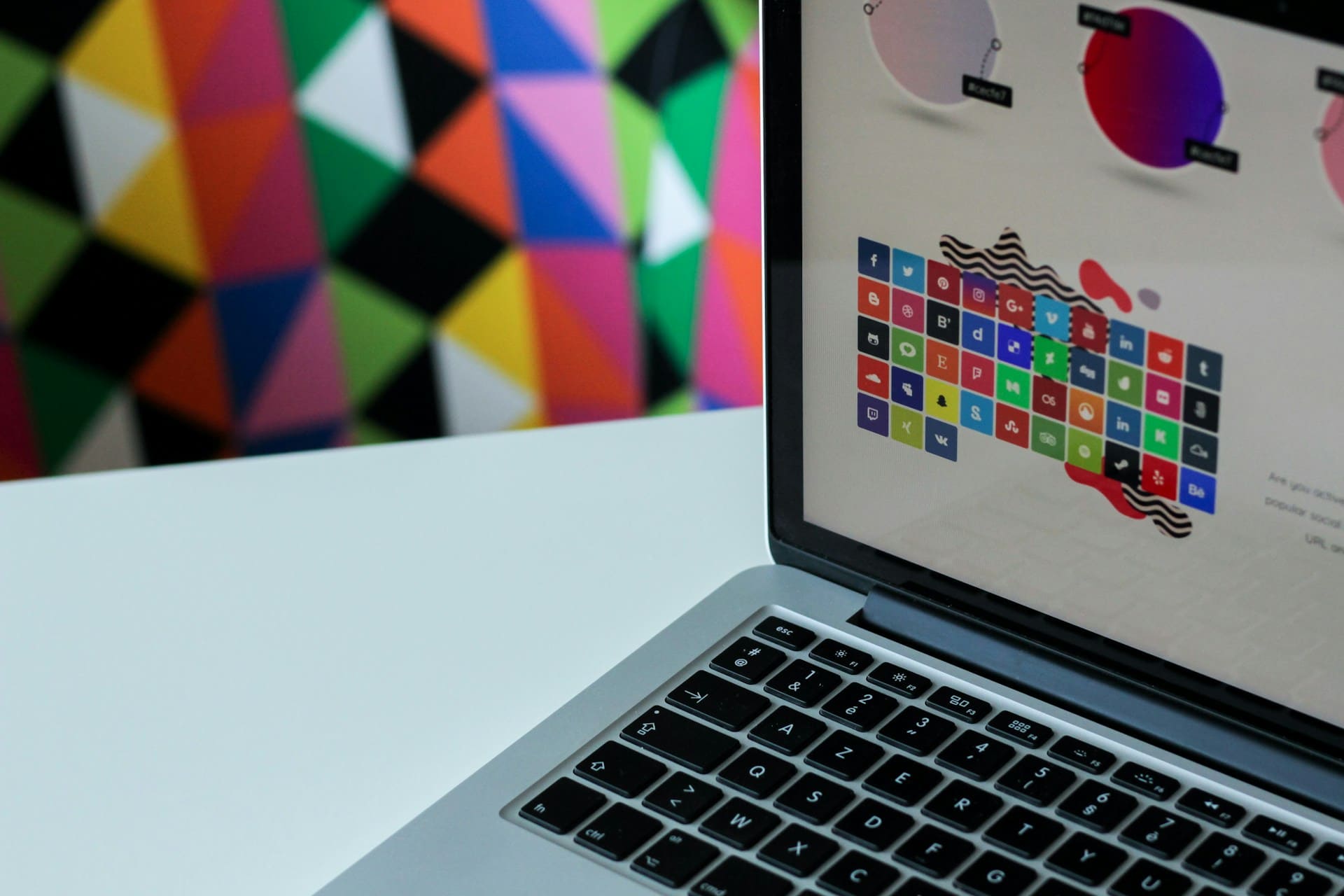What Does ‘Secure by Design’ Actually Mean — and Why It Matters to You
“Secure by design” is a phrase that’s gaining popularity — and for good reason. In a world where software is everywhere, ensuring that it's safe from the start is no longer optional. Secure by design means thinking about security from the very beginning of a project, not after the product is live and users are already at risk.
Traditional software development often treats security as a checklist item tacked onto the end of a project. The result? Vulnerabilities that go unnoticed until they're exploited. With secure-by-design practices, developers anticipate threats and build defenses into every layer of the product from day one.
This approach includes coding with best practices like validating inputs, sanitizing data, limiting permissions, and using encryption where appropriate. It also means making architecture decisions that account for future threats — such as isolating sensitive components and minimizing exposure to the internet.
Business owners who adopt secure-by-design principles benefit in many ways. There’s less downtime due to incidents, fewer emergency patches, and far less brand damage from public breaches. Your teams can focus on innovation instead of firefighting security flaws. Most importantly, your customers can use your software with trust.
Beyond the technical aspects, secure design includes culture. Teams must be trained to think like attackers and build like defenders. Security needs to be everyone’s job, not just the IT department's responsibility.
At SafeDevs, we integrate secure-by-design principles into every project. We educate teams, review architectures, and help design workflows that promote safety without sacrificing speed or usability.
If your software is handling customer data, powering your operations, or connected to the internet — it needs to be secure from the start. Build it right, and it will support your growth instead of endangering it.


